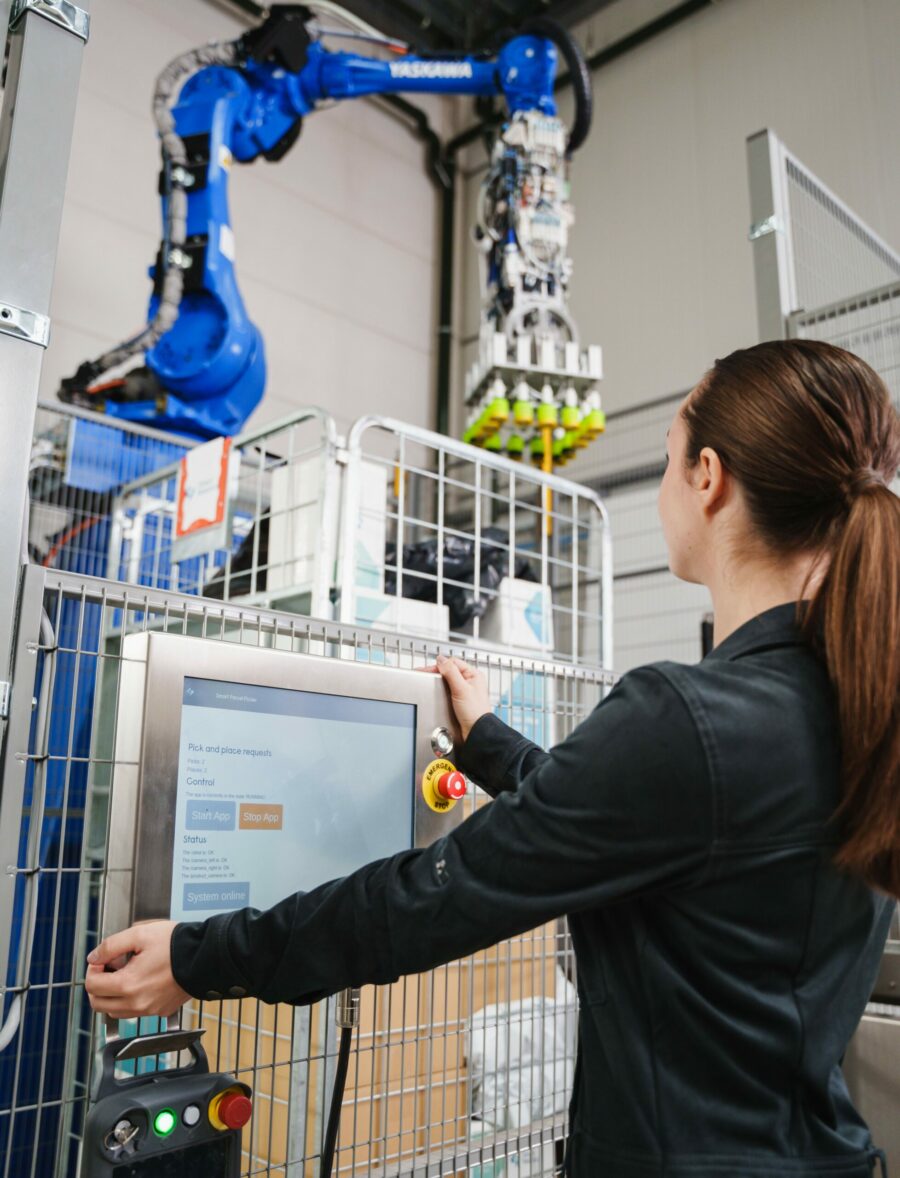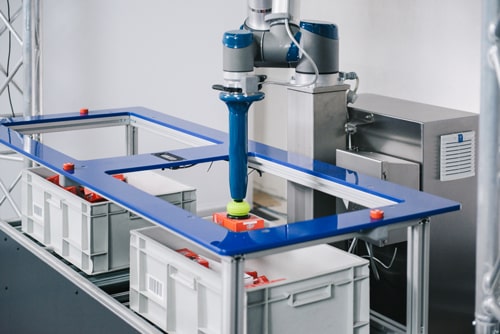Managing employee resistance to robots – part 2: communication is key
Introducing new automation developments such as robots to your employees should be treated like any other organizational change. It is important to apply change management from the very beginning. After all, you want to prevent employee resistance towards robots rather than taking away resistance once it already exists. In this second blog of the series ‘managing employee resistance to robots, we will focus on how to use communication to prevent and take away employee resistance to robots. If you want to know more about where this resistance comes from, read part 1: where does resistance come from?
Communication is key to manage resistance
The most important part of change management is communication. A mistake many organizations make is completely leaving employees out of the loop when changes are happening. Imagine what will happen if you suddenly implement robots in your warehouse without informing your employees? Resistance towards robots will be very likely.
A lack of communication about changes increases fear of the unknown, but also leaves legitimate questions unanswered and concerns unaddressed. Hence, transparent communication from the beginning of the change process is key. It is important to consider the following steps:

Prevent and manage employee resistance to robots
- Communication about the change at hand should be straightforward, truthful and timely.
- Explain to your employees what is happening and why the implementation of robots is needed. Help your employees understand why this change is important for your organization. e.g. that robots will help improve production throughput so you can remain competitive in the market and grow your organization. Show them the benefits of automating your warehouse with robots, now and in the future
- Communicate how robots will affect and benefit your employees’ jobs. Help employees identify what’s in it for them. For example, when implementing robots in your production process, do not only explain the features, but demonstrate how the robots will benefit your employees. Show that the robot takes over the repetitive, heavy tasks such as palletizing or parcel handling and enables your employees to use their skills for more important, challenging and less boring tasks.
- Use different ways to communicate the change, both formal and informal, to ensure all employees receive the relevant information. Think of face-to-face meetings, email, company intranets etc.
- Make sure that managers and team leads are on board and support and communicate the introduction of robots openly and positively. Employees take cues from their leaders and if leaders resist the change, it is likely your employees will too.
Besides transparent communication on why and how the change is happening, you should also engage your employees in the change process. Part 3 of the series ‘managing employee resistance to robots’ will focus on the importance of engaging and training your employees.


